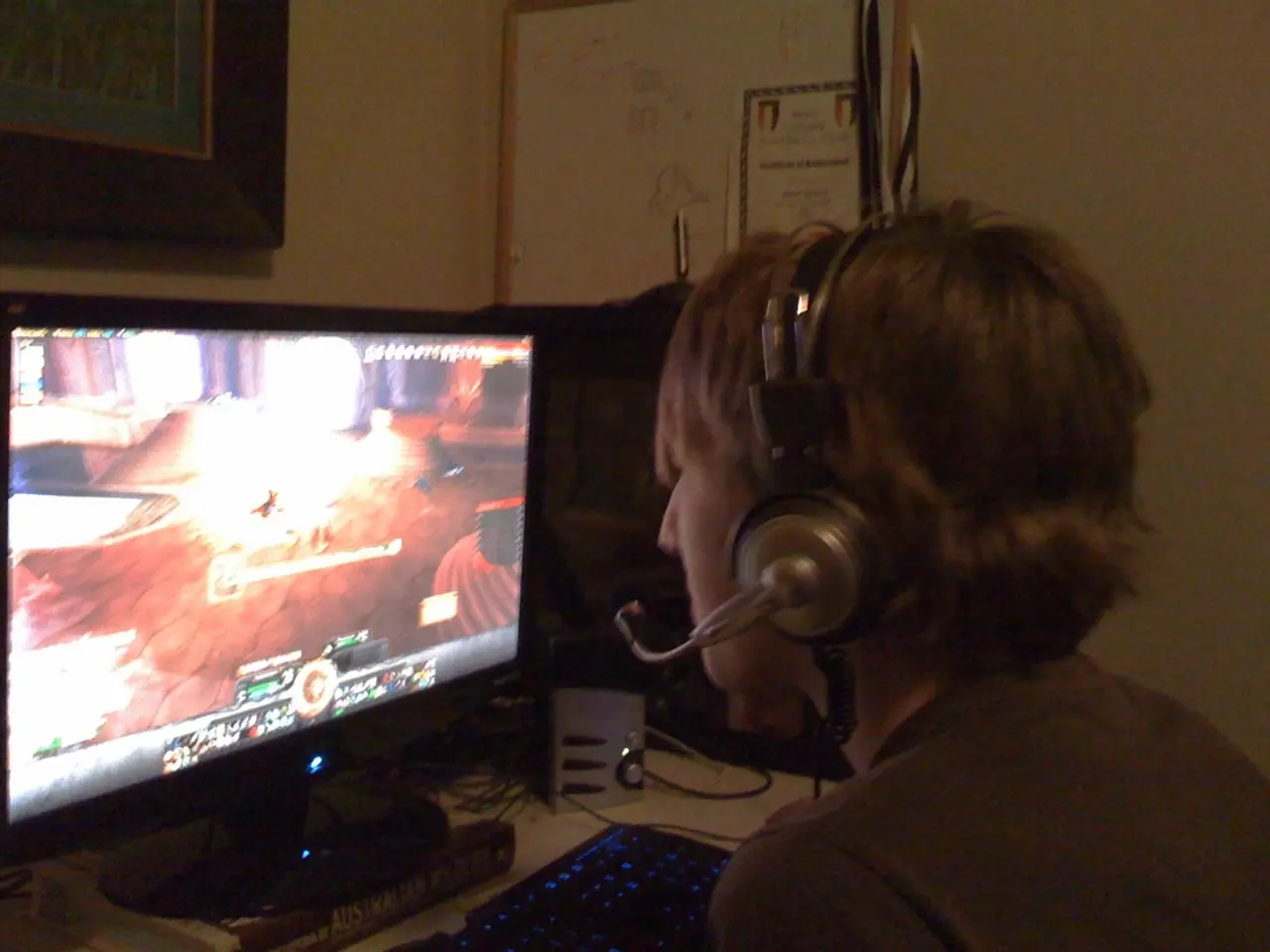Researchers Guided Individuals to Alter Their Brain Waves for Reduced Perceived Pain Levels
The University of New South Wales (UNSW) in Sydney, Australia, has developed an innovative pain treatment system called PainWaive, which is currently being evaluated in a clinical trial targeting individuals with chronic nerve pain following spinal cord injuries.
PainWaive consists of an electroencephalogram (EEG) headset and an app that provides neurofeedback games. The system, designed to train patients to alter their brainwaves, is the first of its kind to undergo a clinical trial for the treatment of chronic nerve pain.
The trial, conducted by clinical psychologist and UNSW professor Sylvia Gustin and her colleagues, has shown promising results. Three out of four participants experienced pain relief comparable to or greater than that offered by opioids, according to UNSW.
The researchers assessed the participants' corneal neuropathic pain symptoms immediately after using PainWaive and five weeks post-treatment. The study's results could lead to a new generation of drug-free treatments for chronic nerve pain.
The brainwaves of people with neuropathic pain show a distinct pattern: more slow theta waves, fewer alpha waves, and more fast, high beta waves. By providing neurofeedback, PainWaive aims to help patients shift their brainwaves to a more normal state, interfering with how the thalamus communicates with other parts of the brain, particularly the sensory motor cortex, which registers pain.
The trial, published in The Journal of Pain in April, was the first to test PainWaive on participants with corneal neuropathic pain, a condition that rarely responds to current treatments. The researchers are now recruiting participants for two upcoming trials that will investigate PainWaive's potential to reduce chronic spinal pain and chronic nerve pain in people with spinal cord injuries.
The development of drug-free pain treatments, such as PainWaive, plays a critical role in combatting the opioid crisis. Opioid-related deaths have shown a 24% decline between 2023 and 2024 in the U.S., but there is still a need for more non-opioid pain management options.
The researchers hope that PainWaive, as it progresses through clinical trials, will offer a truly affordable, accessible solution for at-home pain management, especially for those with limited access to traditional treatments. The ongoing randomized controlled trial is a significant step towards achieving this goal.
[1] QuickNews, "PainWaive: A Promising New Approach to Pain Management," 2025.
- The University of New South Wales' PainWaive system, a combination of an EEG headset and an app, is revolutionizing pain treatment, especially for those with chronic nerve pain after spinal cord injuries.
- The clinical trial of PainWaive, led by UNSW professor Sylvia Gustin, has displayed outstanding results, with three out of four participants experiencing pain relief that rivals or surpasses opioids' effects.
- PainWaive's novel approach involves training patients to alter their brainwaves, altering the communication between the thalamus and the sensory motor cortex, thus potentially reducing neuropathic pain.
- The trial's successful outcome could pave the way for a new generation of drug-free treatments for chronic nerve pain, contributing significantly to combating the ongoing opioid crisis.
- As PainWaive advances through clinical trials, researchers aim to make this affordable, accessible, and user-friendly technology a viable at-home solution for individuals with limited access to traditional pain management treatments.




